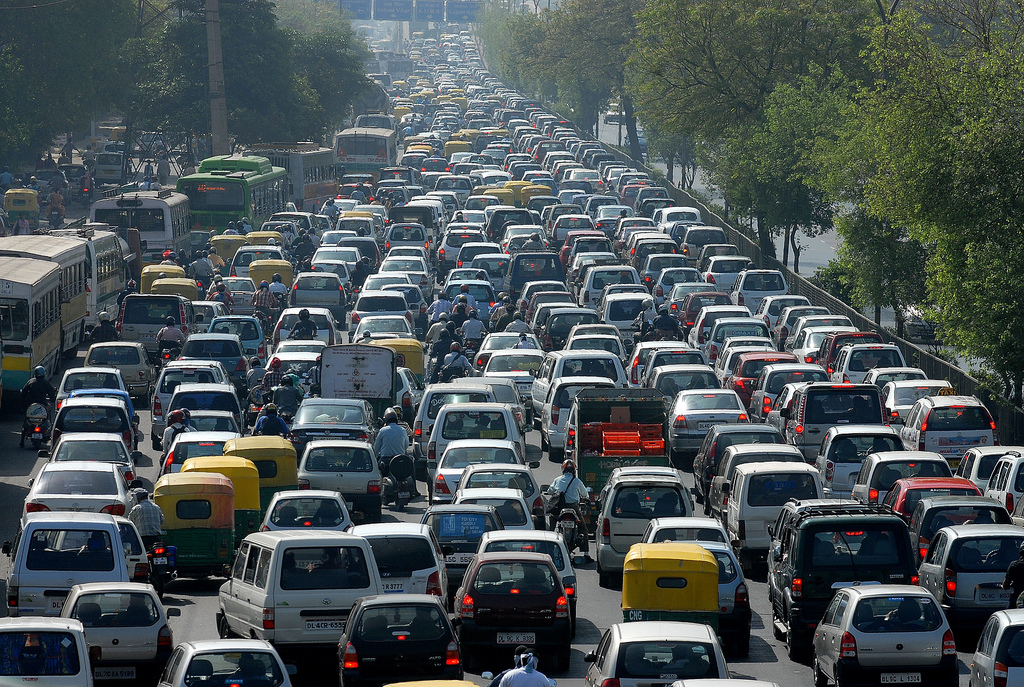We all know the feeling: you've had a long day of work, your family's waiting for you with dinner, you're excited to go home... when suddenly you're stuck in a traffic jam and can't move an inch for 30 minutes. How do traffic jams start, and how can you avoid them? This article will help you answer these questions.
- How do traffic jams start?
- Bottlenecks (40% of all traffic): where the roadway narrows or heavy traffic demands lead to backups.
- On-road incidents (25%): crashes, stalled vehicles, on-road debris blocking the road
- Weather (15%): hail, wind, snow, fog
- Construction (10%): road construction and highway maintenance
- Miscellaneous (10%): special events (sports competitions, concerts) and poor signal timing (and poorly timed traffic lights)
- How can you avoid traffic jams?
- Most traffic jams are recurring (happens every day). Know which highways tend to be congested during the times of getting to and from work (rush-hour).
- Utilize real-time traffic displays when they are available. Lighted billboards located alongside highways can alert drivers of potential delays and advise alternate routes.
- If more people carpool, fewer vehicles would be on the road and reduce overall congestion; furthermore, cars with 3+ people can use the carpool lane, which leads to shorter commute times and fewer hassles.
Picture courtesy: http://s1.cdn.autoevolution.com/images/news/how-to-avoid-traffic-jams-35319_2.jpg

